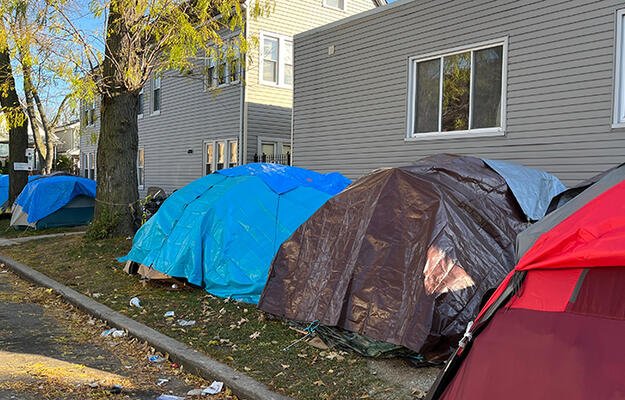
Can Housing Explain Racial Disparities in Childhood Asthma?
- Title:
- Can Housing Explain Racial Disparities in Childhood Asthma?
- Author:
-
Helen Hughes, Elizabeth Matsui, Megan Tschudy, Craig Pollack, Corinne Keet
- Source:
- Publication Date:
-
2017
Black children have higher rates of diagnosis, morbidity, mortality, and hospitalizations for asthma than white children, and some people suggest that racial and ethnic disparities stem from socioeconomic differences. To explore whether racial disparities in pediatric asthma could be explained by material hardship and homeownership, this study conducted a secondary analysis of the 2011 American Housing Survey, which interviewed 33,201 households with children ages 6 to 17 about childhood asthma and emergency department (ED) visits for asthma and then conducted a logistic regression to determine the association between race, material hardship, asthma diagnosis, and ED visits. The authors used material hardship rather than the more limiting measurement of socioeconomic status, and they defined material hardship to include poor housing quality, crowded housing, lack of amenities, and no vehicle access. Previous research has linked material hardship to poor health outcomes in children, and other research has shown that low-income black families have higher rates of material hardship and lower homeownership rates than their white counterparts. This national study points to policy implications that, if implemented, could reduce the disparity in childhood asthma rates.
Key findings
- The association between asthma and race decreased, though was not eliminated, after adjusting for material hardship and homeownership. Black households are more likely to have children with asthma and asthma-related ED visits than their white counterparts.
- Households with poor housing quality had 50 percent higher odds of an asthma-related ED visit in the past year.
- Homeownership was associated with nearly 40 percent lower odds of an ED visit, even after adjusting for housing quality and the presence of housing-related exposures known to be associated with asthma.
- Measures related to housing quality and homeownership were strongly and independently associated with asthma diagnosis and ED visits.
- Poor housing quality and lack of homeownership could partially be responsible for racial and ethnic disparities in asthma outcomes. To reduce disparities, policymakers could focus on improving housing quality.


